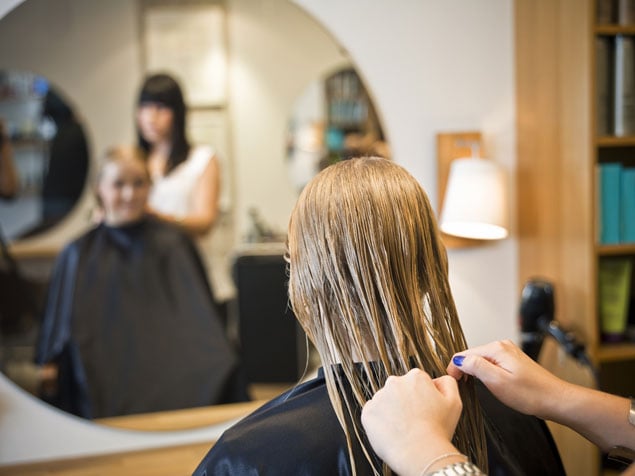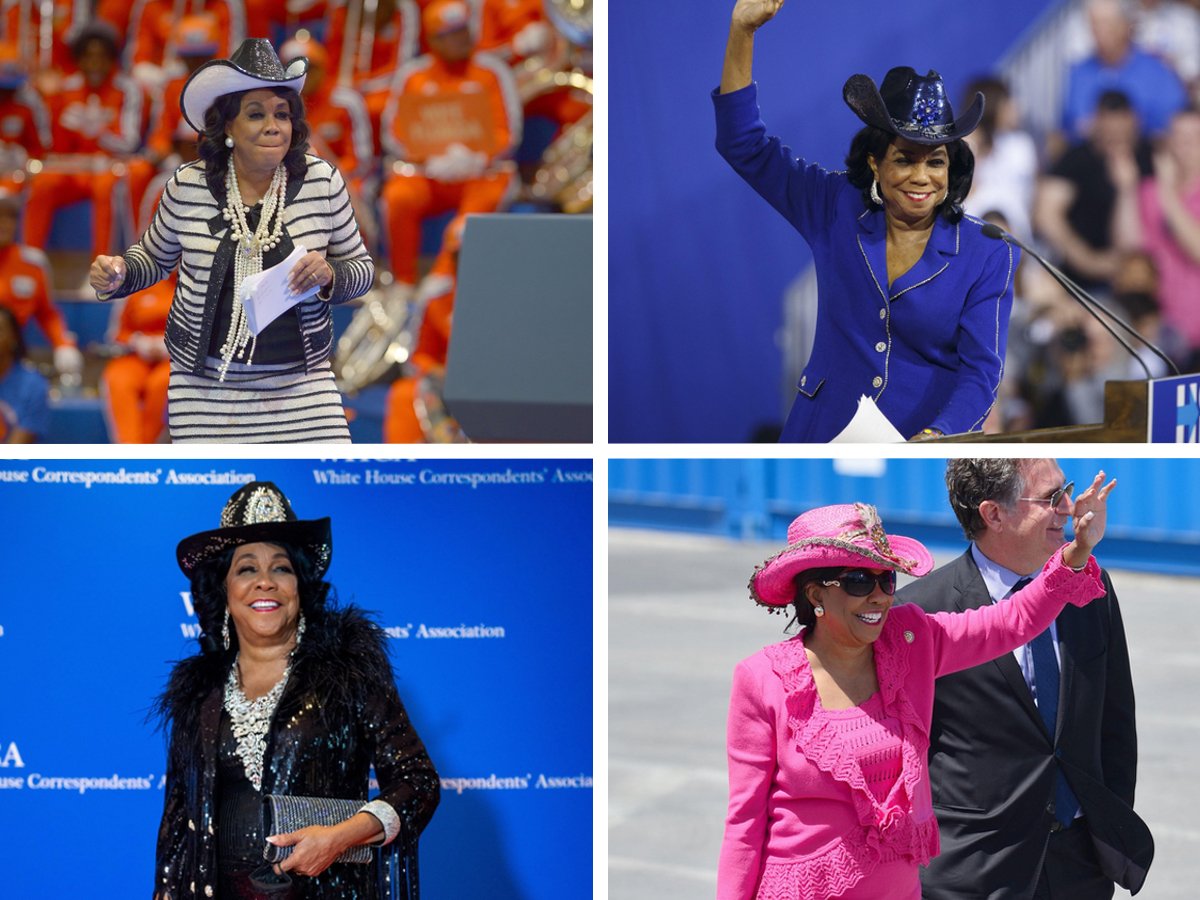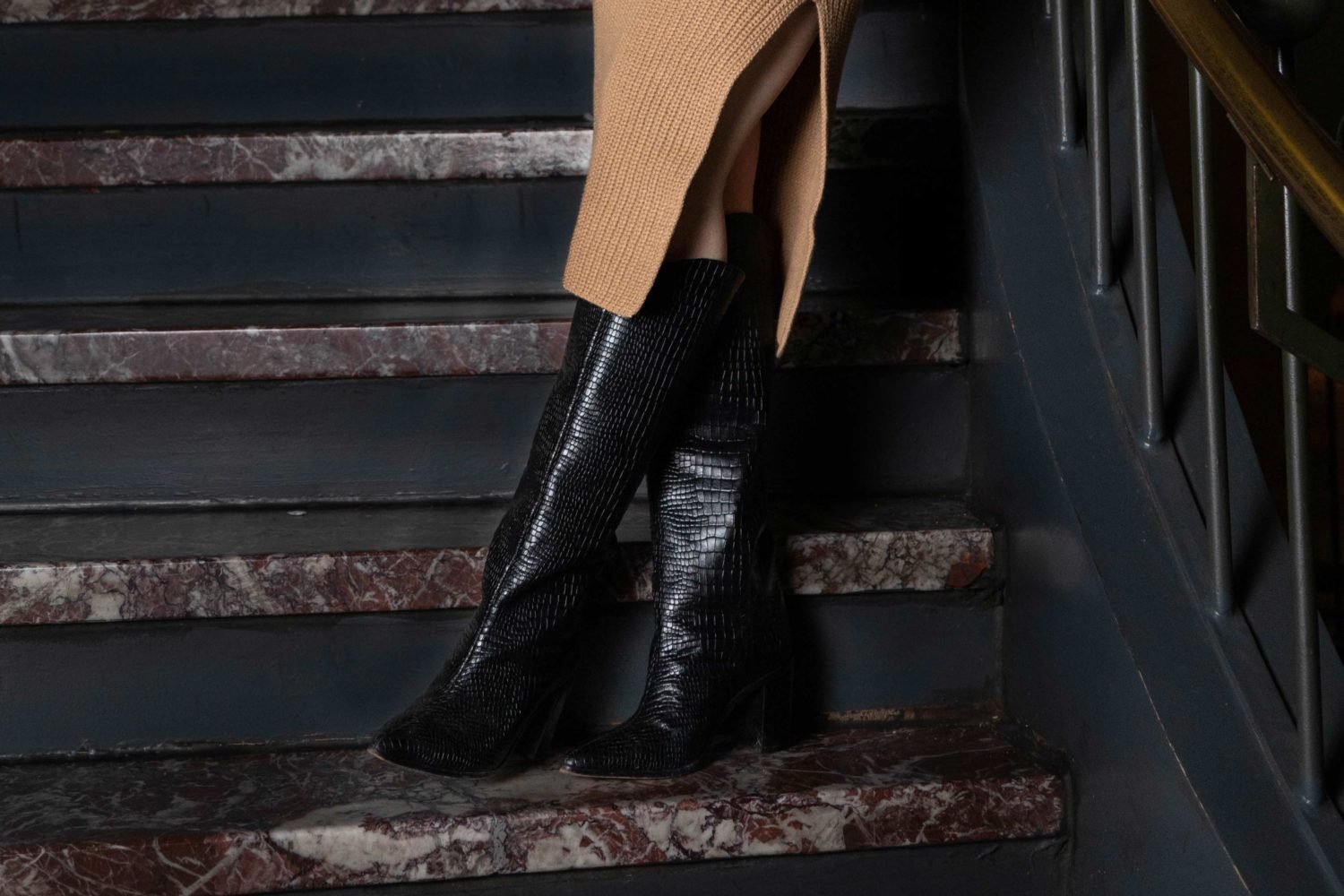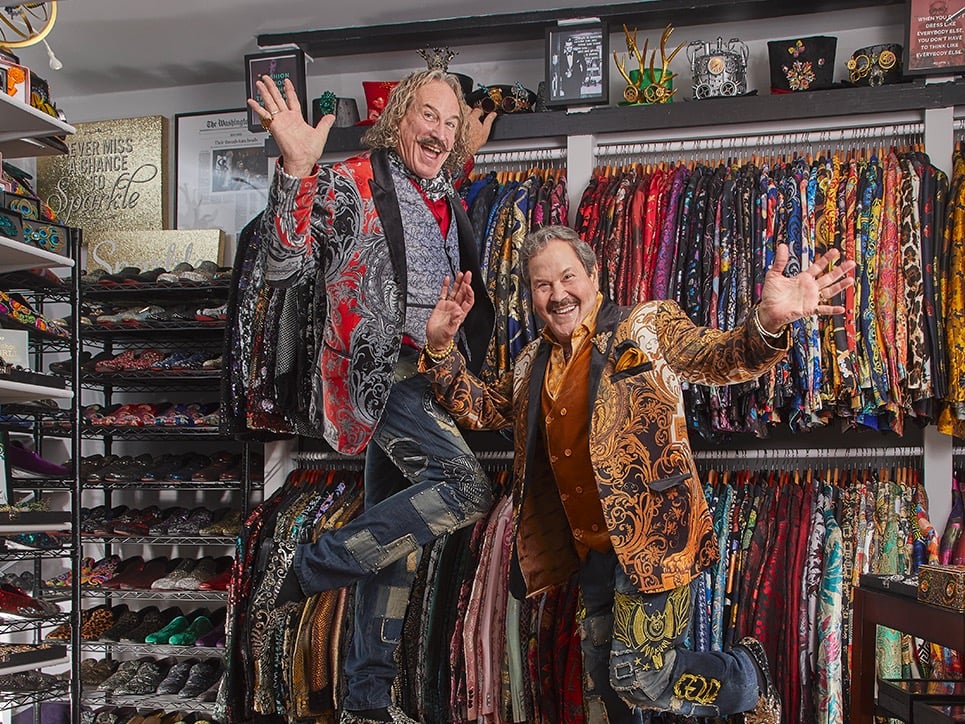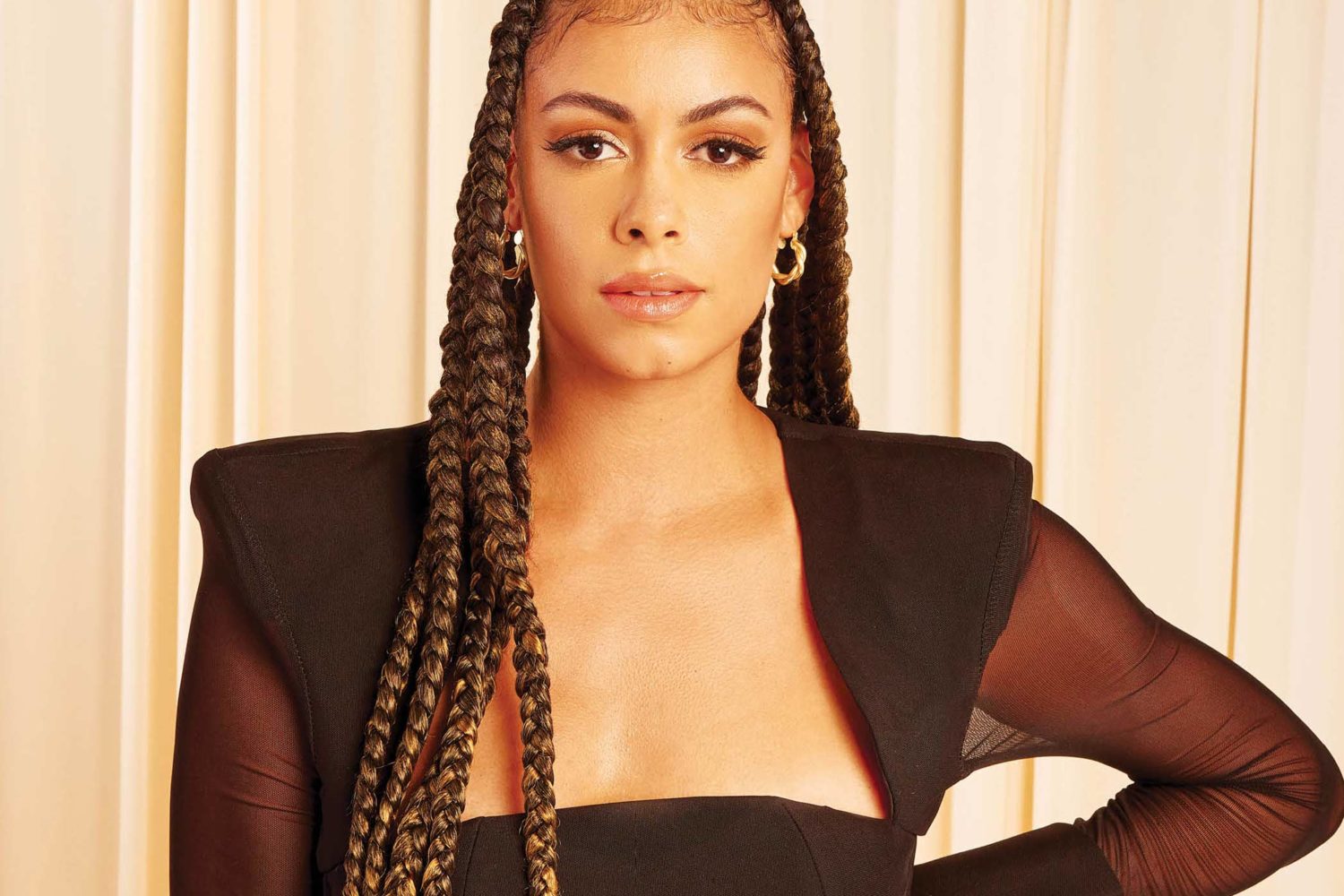What’s the biggest complaint stylists have about clients?
Hairdressers say what most irks them is customers who are late or don’t show up for
appointments. The owner of a Georgetown salon expressed this common sentiment: “Our
salon is really busy, and if a stylist is booked for an entire day and you come in
at 1:20 for a 1 o’clock appointment, every client after you will be pushed back.”
Life—and traffic—happens, of course. But next time your stylist is running late, it
may not be his or her fault.
Another pet peeve? “What bothers me is if they don’t like something and they go online
and blast me,” says the owner of an Arlington salon. “Whether they like it or not,
just communicate. We’re here for them. I mean, they’re paying—they should get what
they want.”
The Washingtonian has heard from plenty of women who feel that when they do complain, some stylists
don’t give them any satisfaction. Some refuse to redo the hair; others try to convince
the client she’ll grow to like her new cut or color. Many customers are willing to
forgive a mistake if they’re treated well after the fact. Is it a matter of expectations?
Says one stylist: “They come to a high-end salon, or they come to somebody who’s well
known, and they expect a miracle.”
Speaking of expectations, what’s the most effective way for a client to describe the
cut and color she wants?
Every stylist we surveyed had the same advice: Bring in photos of hair you like—and
hair you don’t. Saying you want “blond but not too blond” isn’t helpful without a
picture.
Be realistic, too. One pet peeve of stylist JJ Sherman of Leesburg’s Cloud Nine is
“when people bring in pictures of styles that are completely different from what they
have naturally—like when a person with thin hair brings in a picture of someone with
hugely thick hair. We can’t do that without extensions.”
And don’t try to use stylist lingo to describe what you want. Phrases such as bob,
texture, layers, long layers, stacked, and gradation mean different things to clients
and stylists.
Manuel Solorzano of Manuel Hair Salon in DC has this advice: “Just say you want a
look that’s easy to maintain and manage. I tell them, ‘Let’s customize it; otherwise
you might not be satisfied.’ ”
How much should you tip a stylist?
The standard is 18 to 20 percent. Part of that might go to the shampoo assistant—ask
if it will. If not, you may want to tip him or her an extra $5 or so.
Which brands of shampoo and conditioner do stylists love?
Most recommended whichever product lines their salon sells. But some favorites did
emerge. Kérastase is a salon brand many stylists use on their own hair. Most of them
don’t like drugstore brands, noting that the shampoos can be too harsh. Many, when
pressed, recommended L’Oréal, especially the sulfate-free products for colored hair.
What’s the best thing you can do for hair that most women don’t do?
Regular deep conditioning, particularly for dry hair, say stylists.
“I really recommend doing conditioning treatments once a week, especially if you have
thicker hair,” says Sherman. “I usually sleep with a conditioning treatment in. I
shower at night, apply the treatment, either put my hair up or put it in a shower
cap, sleep, then rinse when I wake up. That helps it get into the cuticle of the hair.”

